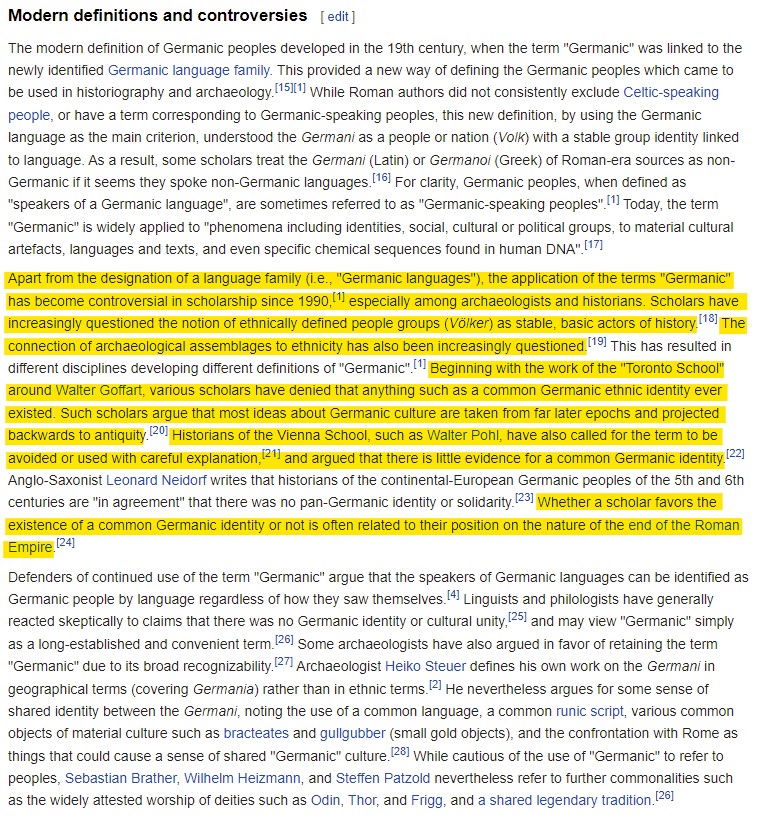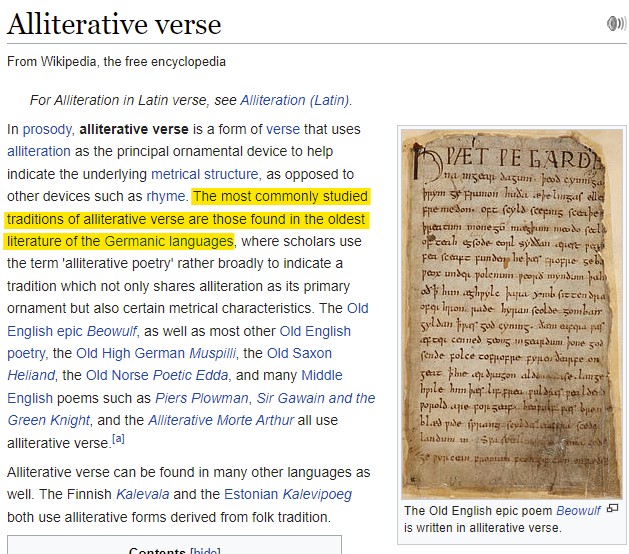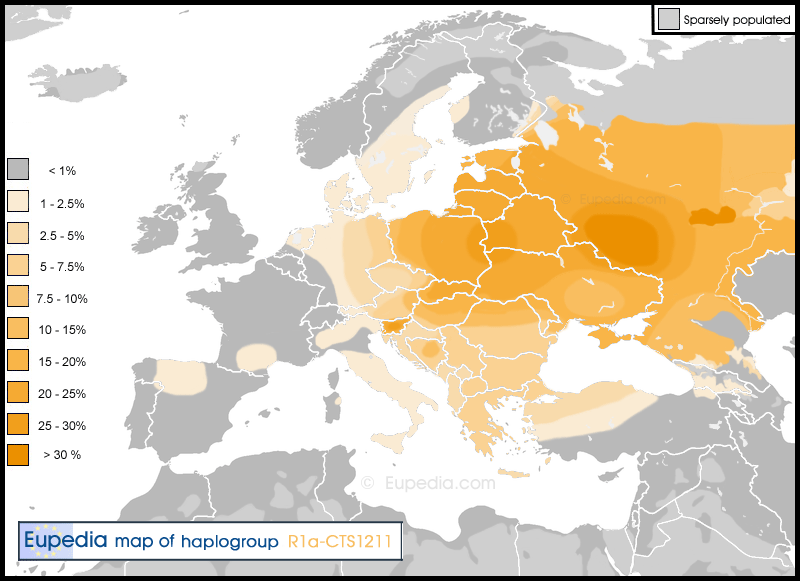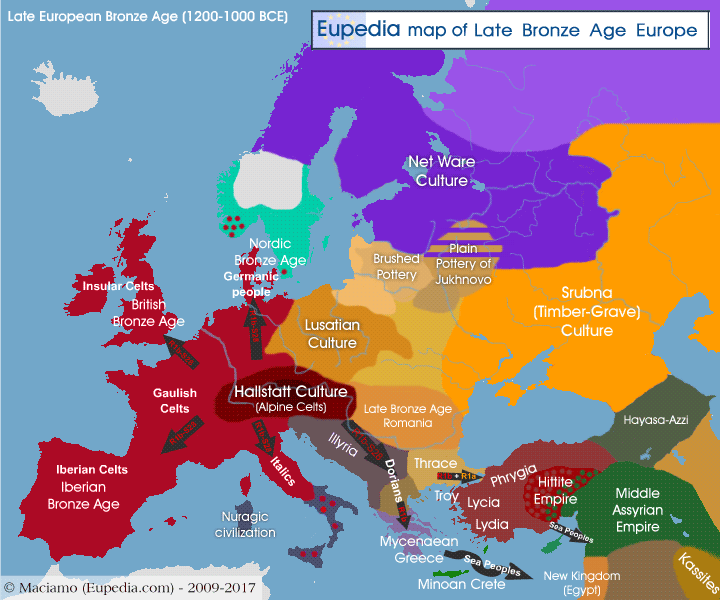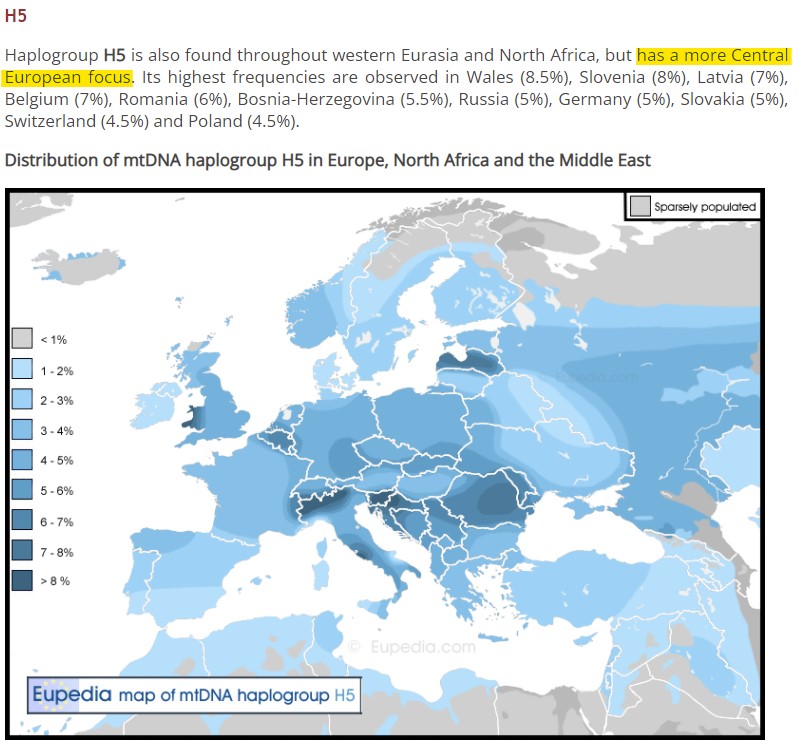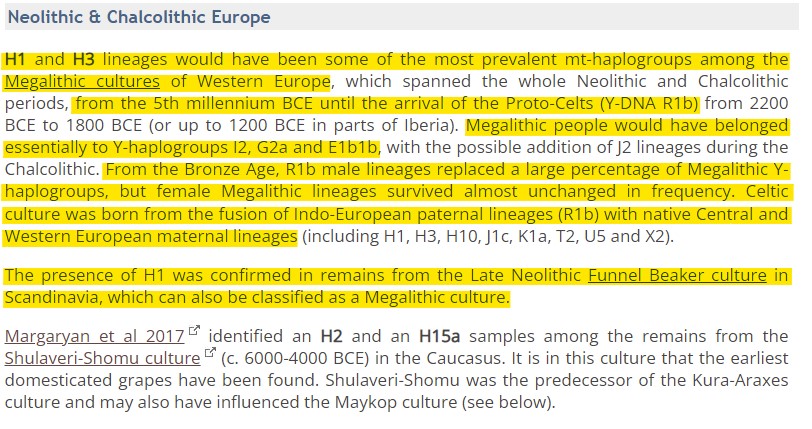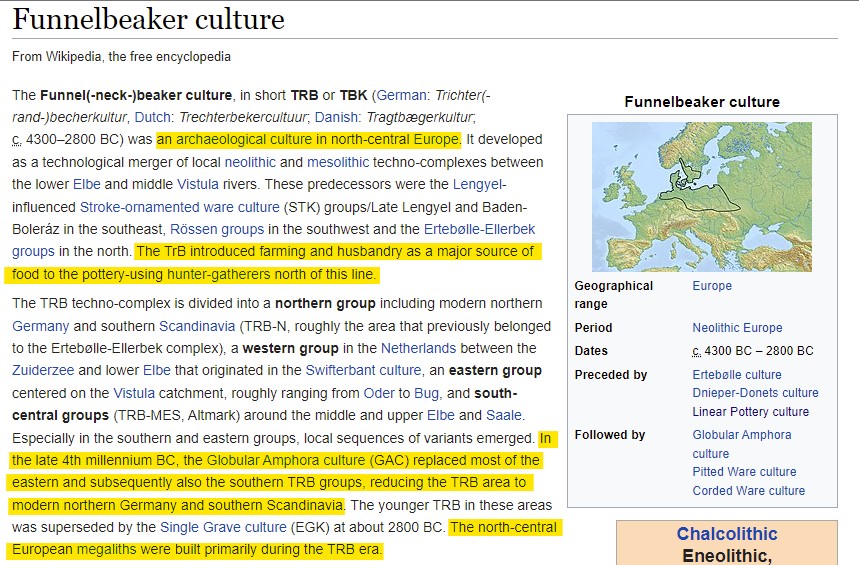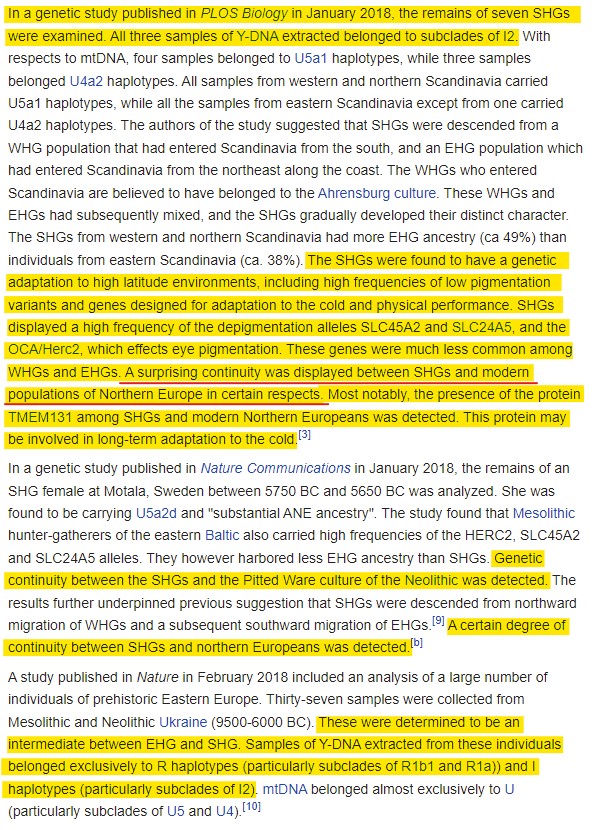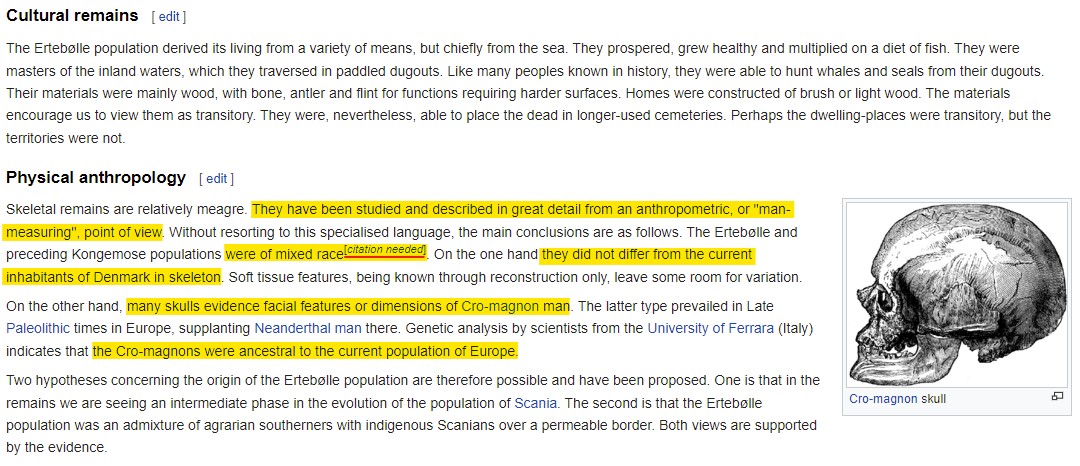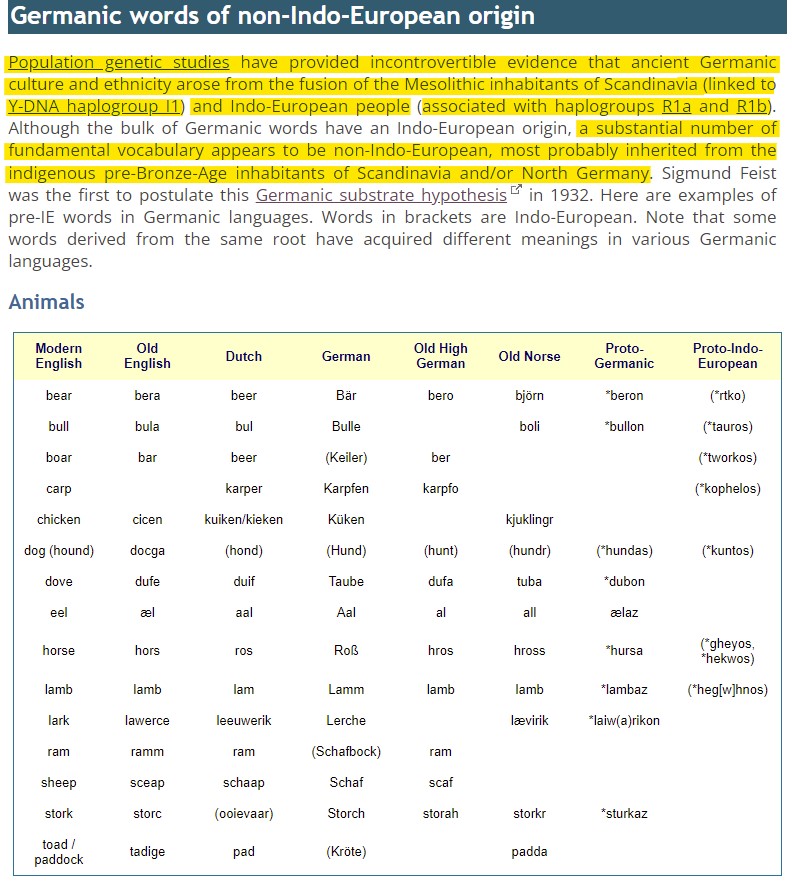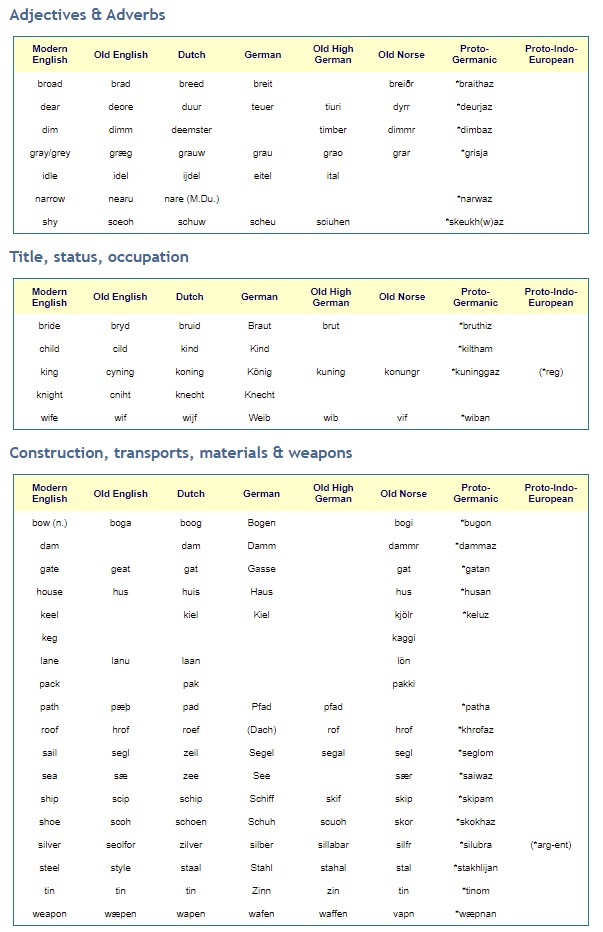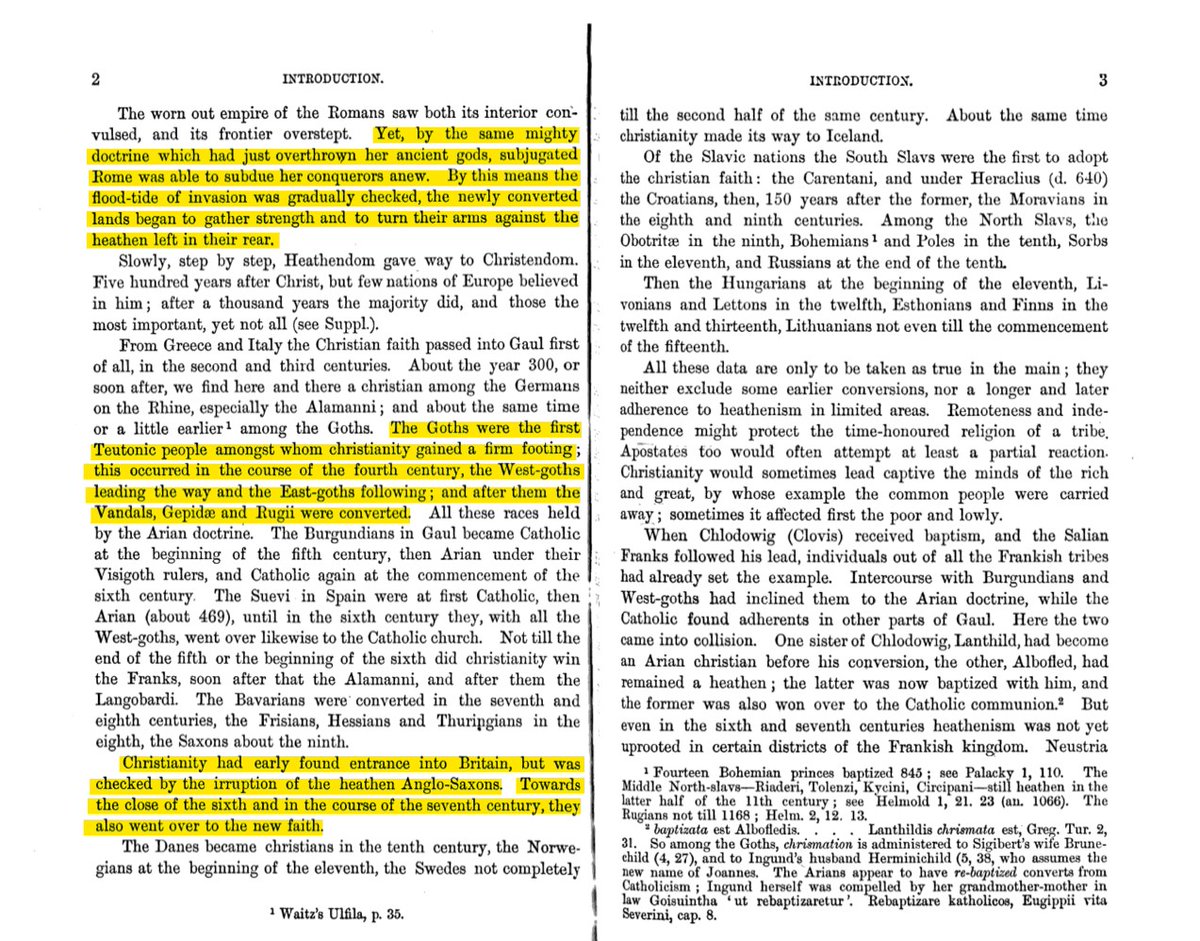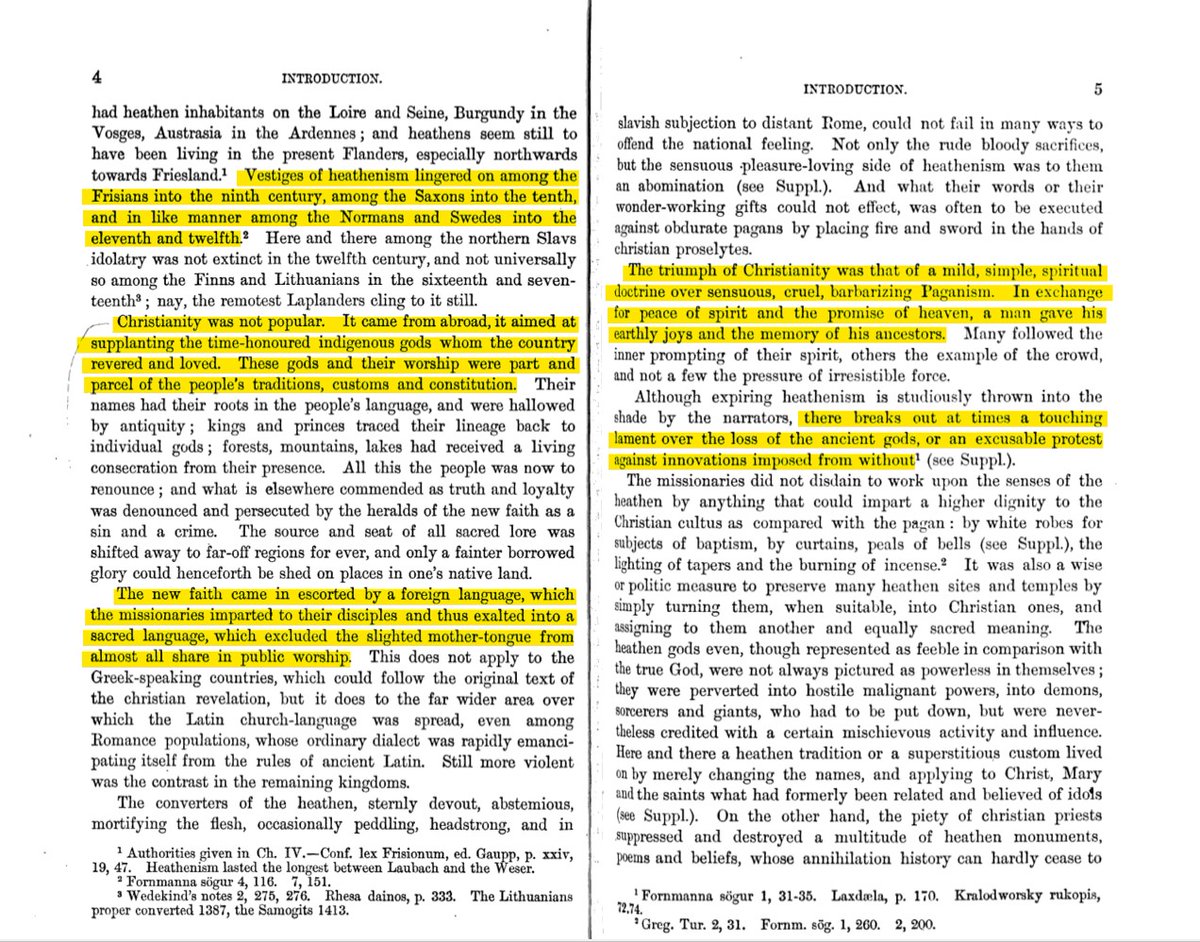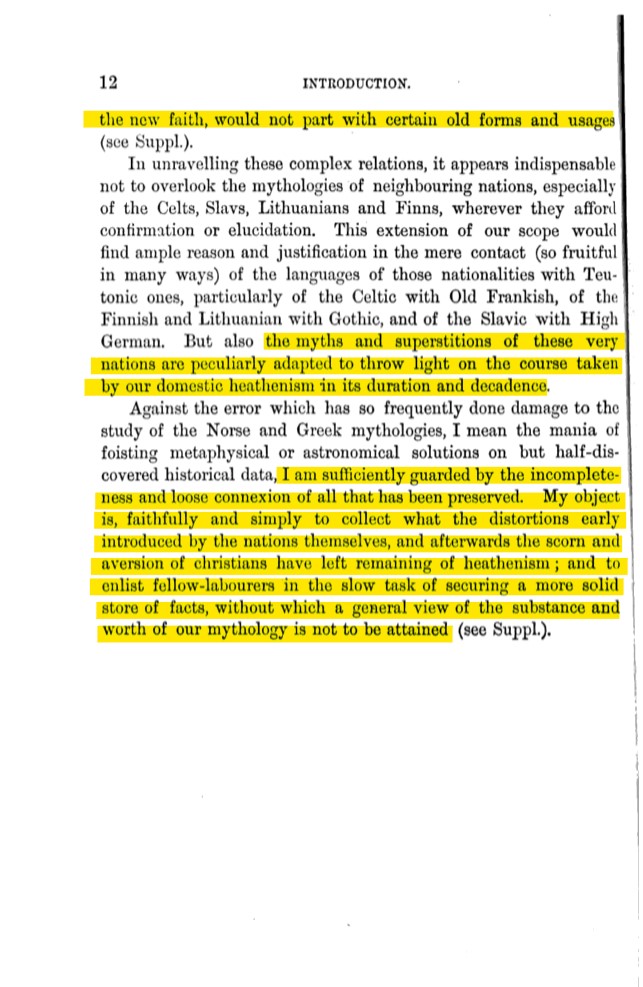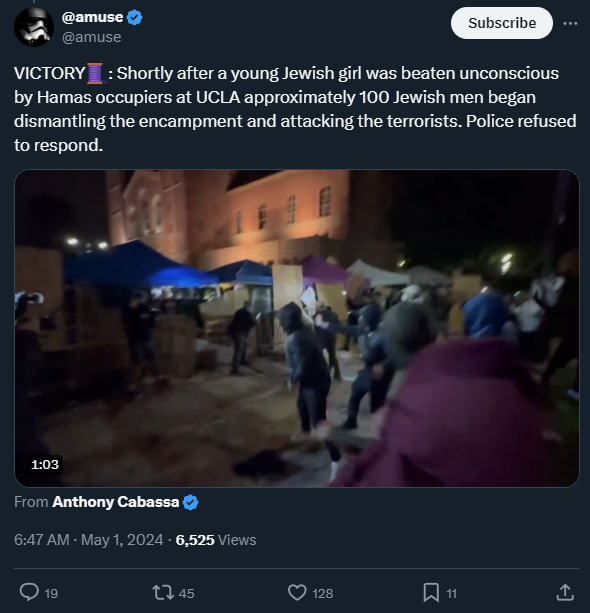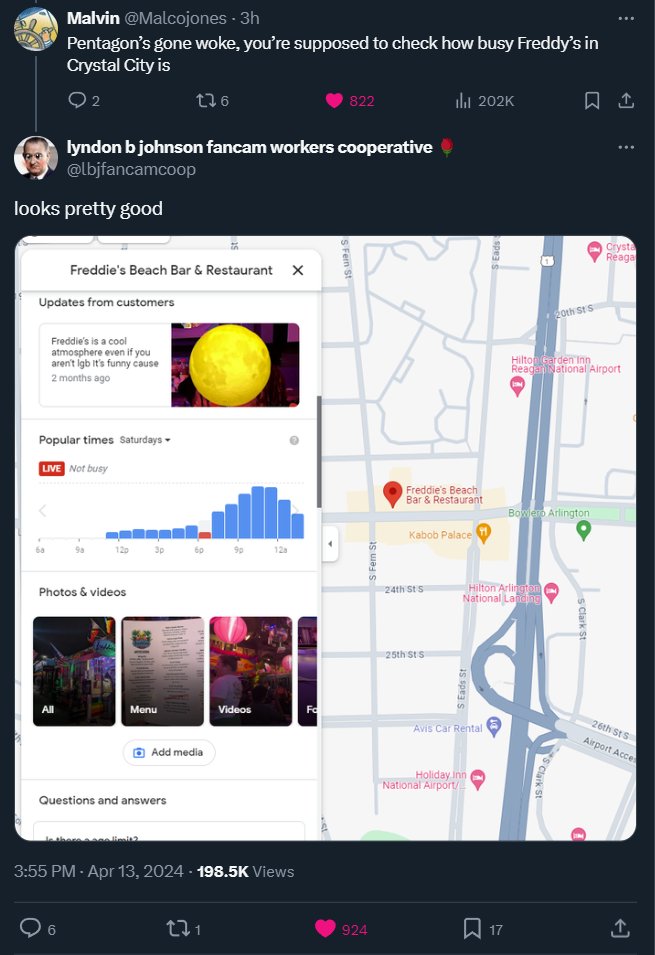I think Varg was right.
https://twitter.com/WargarW/status/1475595730299629568?s=20&t=6SaAarzUJhXY8B03LFYJow
Karsdorf is where some of the most Neanderthal-enriched ancient human samples were found.
en.wikipedia.org/wiki/Karsdorf_…



en.wikipedia.org/wiki/Karsdorf_…




Germanic words of non-Indo-European origin
"Population genetic studies have provided incontrovertible evidence that ancient Germanic culture and ethnicity arose from the fusion of the Mesolithic inhabitants of Scandinavia. and Indo-European people."
eupedia.com/linguistics/no…
"Population genetic studies have provided incontrovertible evidence that ancient Germanic culture and ethnicity arose from the fusion of the Mesolithic inhabitants of Scandinavia. and Indo-European people."
eupedia.com/linguistics/no…
Babies brought by storks? Well, stork is a non Indo-European word.
I guess that legend pre-dates Indo-Europeans.
I guess that legend pre-dates Indo-Europeans.

It seems like I could get by fairly well in a world where everyone forgot every word in the English language of Indo-European origin overnight, but could fluently string together what's left. All of the major concepts seem to be covered by words of Germanic origin. Interesting.
Brothers Grimm
"In Nazi Germany, the Grimms' stories were used to foster nationalism, while the Nazi Party decreed that every household should own a copy of Kinder- und Hausmärchen; later, officials of Allied-occupied Germany banned the book for a period."
en.wikipedia.org/wiki/Brothers_…



"In Nazi Germany, the Grimms' stories were used to foster nationalism, while the Nazi Party decreed that every household should own a copy of Kinder- und Hausmärchen; later, officials of Allied-occupied Germany banned the book for a period."
en.wikipedia.org/wiki/Brothers_…




Jacob Grimm published a title called Deutsche Mythologie in 1835, which was translated in English as Teutonic Mythology. Following are the translator's preface and the first chapter of the English translation. 




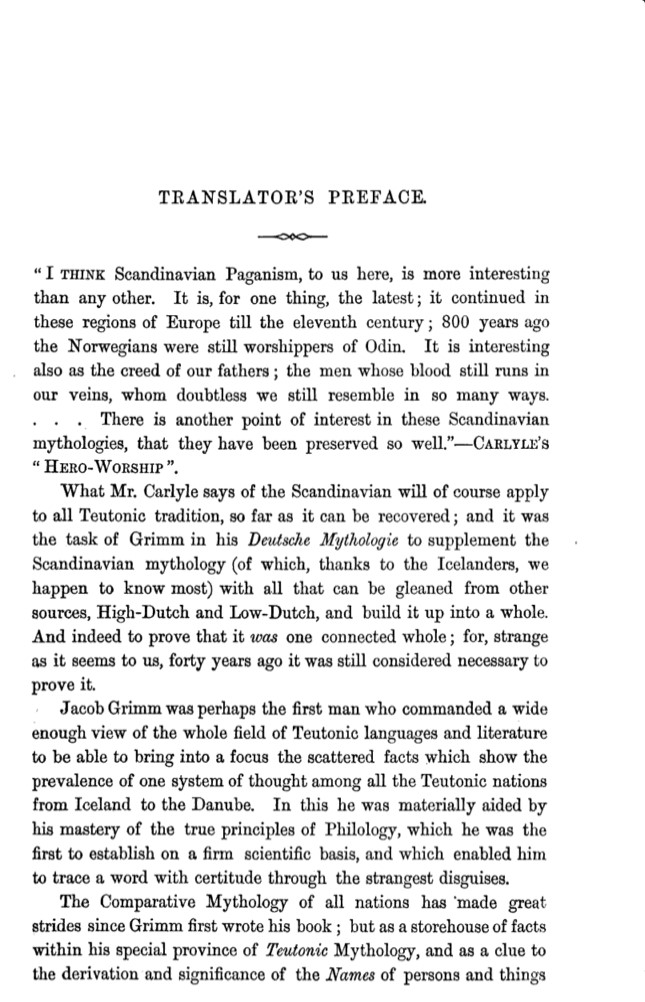


Teutonic Mythology by Jacob Grimm: Volume 1
books.google.com/books?id=mDHXA…
books.google.com/books?id=mDHXA…
Teutonic Mythology by Jacob Grimm: Volume 2
books.google.com/books?id=8ektA…
books.google.com/books?id=8ektA…
Teutonic Mythology by Jacob Grimm: Volume 3
books.google.com/books?id=KWJJA…
books.google.com/books?id=KWJJA…
"Comparative philologists, like the Grimms & Tolkien, always showed deep interest in what one might call “survivor genres,” forms of literature, or of speech, which had been preserved orally...therefore retain genuine & fascinating scraps of information."
tolkienestate.com/en/learning/th…

tolkienestate.com/en/learning/th…


Grimm:
Saxon kings claimed descent from Wōdan (Odin), and according to their genealogies Wōdan's purported existence as a real person later personified as a god can be traced back to no later than 3rd or 4th century.
However, adoration of appears to Odin trace to time immemorial.


Saxon kings claimed descent from Wōdan (Odin), and according to their genealogies Wōdan's purported existence as a real person later personified as a god can be traced back to no later than 3rd or 4th century.
However, adoration of appears to Odin trace to time immemorial.



"According to testimony of Tacitus (Germania), some early Germanic peoples had an elective monarchy already in the 1st century."
"Society had three levels, the king, the nobility, and free men...respective political influence was negotiated at the thing."
en.wikipedia.org/wiki/Germanic_…
"Society had three levels, the king, the nobility, and free men...respective political influence was negotiated at the thing."
en.wikipedia.org/wiki/Germanic_…
"[Grimm's] study implies a set of buried theses: study of words as well as stories can reveal past belief-systems..word-forms could be "reconstructed" on a comparative basis, so could Primitive Germanic concepts & the mythology in which they were embedded"
en.wikipedia.org/wiki/Deutsche_…
en.wikipedia.org/wiki/Deutsche_…

A common thread that seemed to have carried through from Grimm's Germanic philology to Nazi occultism was a belief that the Saxons mythologized Arminius into demi-god Irmin, and that the Irminsul symbol which may have influenced the modern maypole was related to reverence of him. 




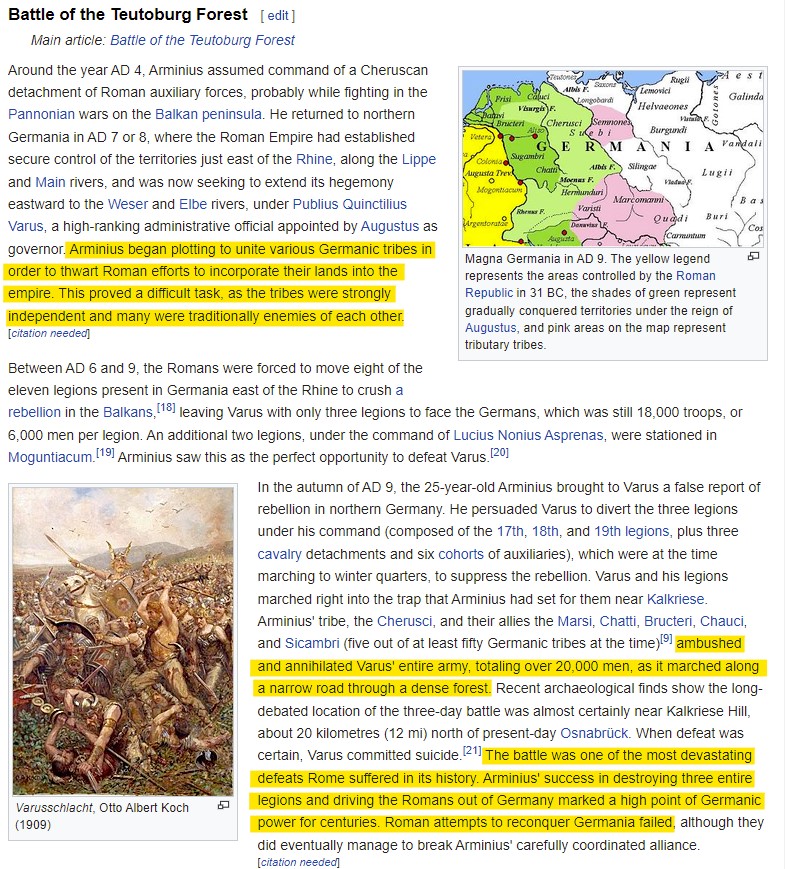


Arminius => Hermann => Irmin => Irminsul
He may have been viewed as a something like a reincarnation of Odin, becoming demi-god of the Saxons, this may explain why Anglo-Saxon kings claimed descent from him, perhaps not in a literal sense, but in the sense of a "founding father".



He may have been viewed as a something like a reincarnation of Odin, becoming demi-god of the Saxons, this may explain why Anglo-Saxon kings claimed descent from him, perhaps not in a literal sense, but in the sense of a "founding father".



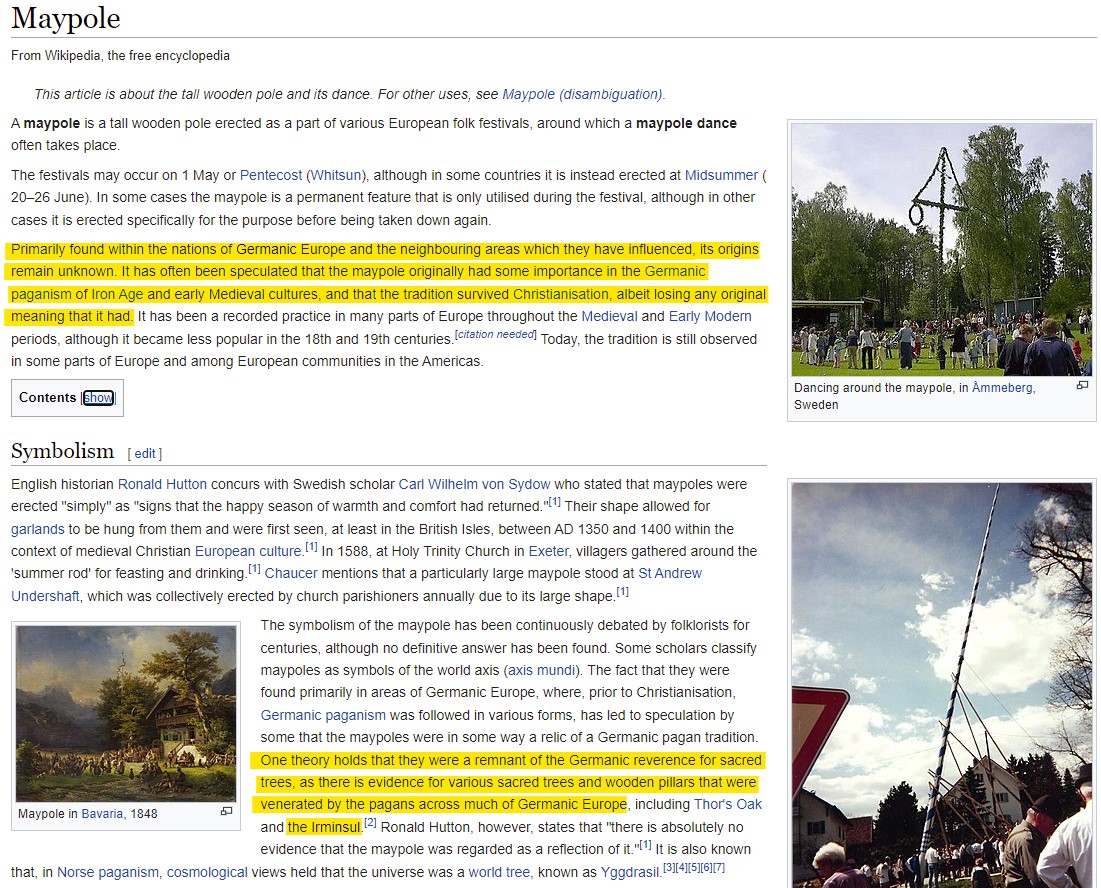
First editions of Grimms' Fairy Tales are most treasured by folklorists because they are closest to original, orally-transmitted tales.
The Sleeping Beauty was almost rejected for the book until it could be demonstrated to be of sufficiently Norse origin.
en.wikipedia.org/wiki/Fairy_tale
The Sleeping Beauty was almost rejected for the book until it could be demonstrated to be of sufficiently Norse origin.
en.wikipedia.org/wiki/Fairy_tale
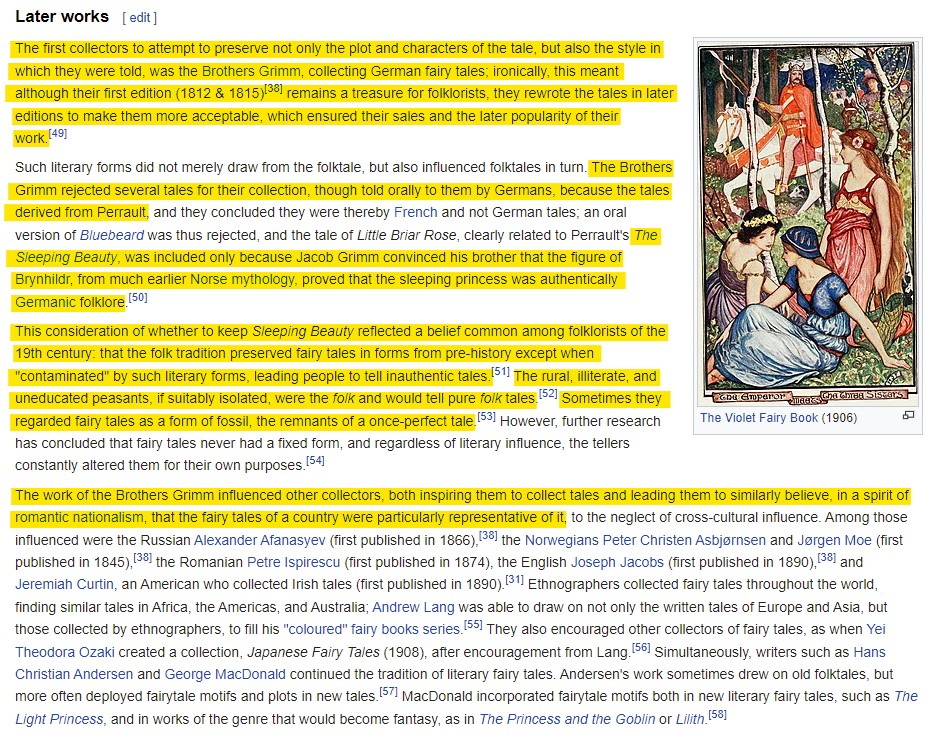
Thomas Jefferson was a believer in the "Saxon myth": "a belief in some circles that English democracy and legal protections owe their origin to some Saxon period before the Norman Conquest," and he proposed Anglo-Saxon be part of the curriculum at UVA.
monticello.org/site/research-…
monticello.org/site/research-…

Jefferson believed the Saxon government & way of life should become a model for the new America
"Is it not better now that we return at once into that happy system of our ancestors, the wisest & most perfect ever yet devised by the wit of man, as it stood before the 8th century?"



"Is it not better now that we return at once into that happy system of our ancestors, the wisest & most perfect ever yet devised by the wit of man, as it stood before the 8th century?"




In 1776, Jefferson proposed the Great Seal of the USA feature "Hengist and Horsa, the Saxon chiefs from whom we claim the honor of being descended, and whose political principles and form of government we have assumed"
"no escaping the Saxon interpretation of America's roots".


"no escaping the Saxon interpretation of America's roots".



At the end of the United States Declaration of Independence, Jefferson reminds his "Brittish brethren" of "the circumstances of our emigration and settlement here", which may in fact be an allusion to the arrival of the Saxons in England, and to the "ties of our common kindred". 

Jefferson refers to "Things which Independent States may of right do". "Thing" is itself of proto-Germanic origin and has a specific meaning within the context of Germanic law.
Modern assemblies in Nordic countries incorporate the word "thing" into the names of their parliaments.


Modern assemblies in Nordic countries incorporate the word "thing" into the names of their parliaments.



The equivalent to the thing in Anglo-Saxon England was the Witenagemot, assemblies of the King's Wise Men. They had the power to elect men from certain bloodlines as kings & some level of influence over legal doctrines, & even the ability to depose a king.
en.wikipedia.org/wiki/Witan



en.wikipedia.org/wiki/Witan




Part of Jefferson's "Saxon myth" was a belief that the old Saxon Witan and Witenagemot originated in an ancient Germanic system of representative assembly maintained in England until the Norman invasion.
This view was common currency in the American Revolutionary 13 colonies.
This view was common currency in the American Revolutionary 13 colonies.

"...modern Germanic peoples include the Afrikaners, Austrians, Danes, Dutch, English, Flemish, Frisians, Germans, Icelanders, Lowland Scots, Norwegians, Swedes, and others (including diaspora populations, such as some groups of European Americans)."
courses.lumenlearning.com/boundless-worl…



courses.lumenlearning.com/boundless-worl…



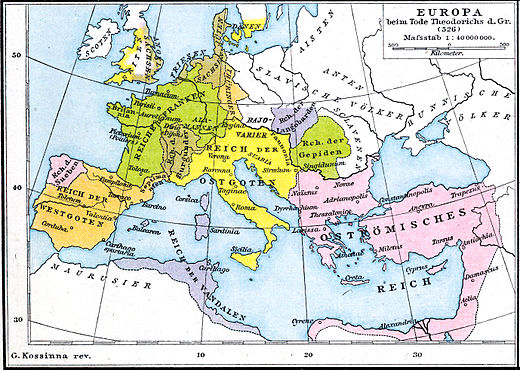
The 19th-century Teutonic Germ theory claimed that American & British democracy & institutions had their roots in Teutonic peoples, and that Germanic tribes had spread this "germ" within their race from ancient Germany to England, and on to North America.
en.wikipedia.org/wiki/19th-cent…



en.wikipedia.org/wiki/19th-cent…




Wilhelm Grimm on the geographical origins of Grimms' Household Tales:
"The outermost lines are coterminous with those of the great race which is commonly called Indo-Germanic, and the relationship draws itself in constantly narrowing circles round the settlements of the Germans"



"The outermost lines are coterminous with those of the great race which is commonly called Indo-Germanic, and the relationship draws itself in constantly narrowing circles round the settlements of the Germans"


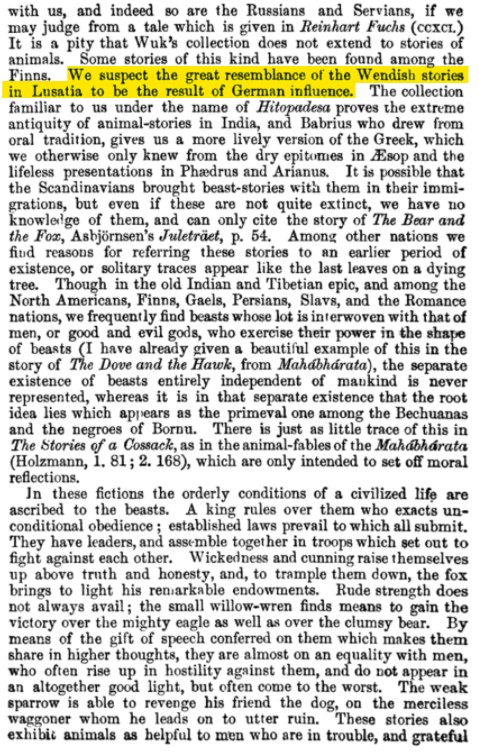

"It is my belief that our German stories do not belong to the Northern and Southern parts of our fatherland alone, but they are absolutely common property of the nearly-related Dutch, English, and Scandinavians, and of this the latest collections afford convincing proof." - Grimm 

Nationalistic Aspects of the Grimm Brothers' Fairy Tales (1951)
"the view that the mythos glimpsed more of truth than reason, impelled the Brothers Grimm to make such great collections of folk poetry as the Kinder und Hausmärchen"
(only 1st page available)
tandfonline.com/doi/pdf/10.108…
"the view that the mythos glimpsed more of truth than reason, impelled the Brothers Grimm to make such great collections of folk poetry as the Kinder und Hausmärchen"
(only 1st page available)
tandfonline.com/doi/pdf/10.108…

Walt Disney's Disneyland placed a Teutonic past rooted in Grimms' fairy tales & German architecture at the center in Fantasyland, with the Matterhorn looming in the background. Frontierland & Adventureland represent a recent past and present, Tomorrowland represents the future. 







Walt Disney certainly had and has his enemies in his time.
"Walt the Quasi-Nazi: The Fascist History of Disney is Still Influencing American Life"
pastemagazine.com/politics/walt-…
"Walt the Quasi-Nazi: The Fascist History of Disney is Still Influencing American Life"
pastemagazine.com/politics/walt-…
1947 Walt Disney Testifies at HUAC
Walt Disney personally led the charge in Los Angeles to root out & refuse to employ communist subversives that were taking over Hollywood through using labor unions as a lever, and using their influence to promote subversive and/or communistic messages in American entertainment. 





Walt Disney's studio was targeted for a strike in 1941 by communist thug & labor organizer Herbert Sorrell.
In 1947, Walt Disney testified Sorrell "was a Communist, because of all the things that I had heard and having seen his name appearing on a number of Commie front things."



In 1947, Walt Disney testified Sorrell "was a Communist, because of all the things that I had heard and having seen his name appearing on a number of Commie front things."

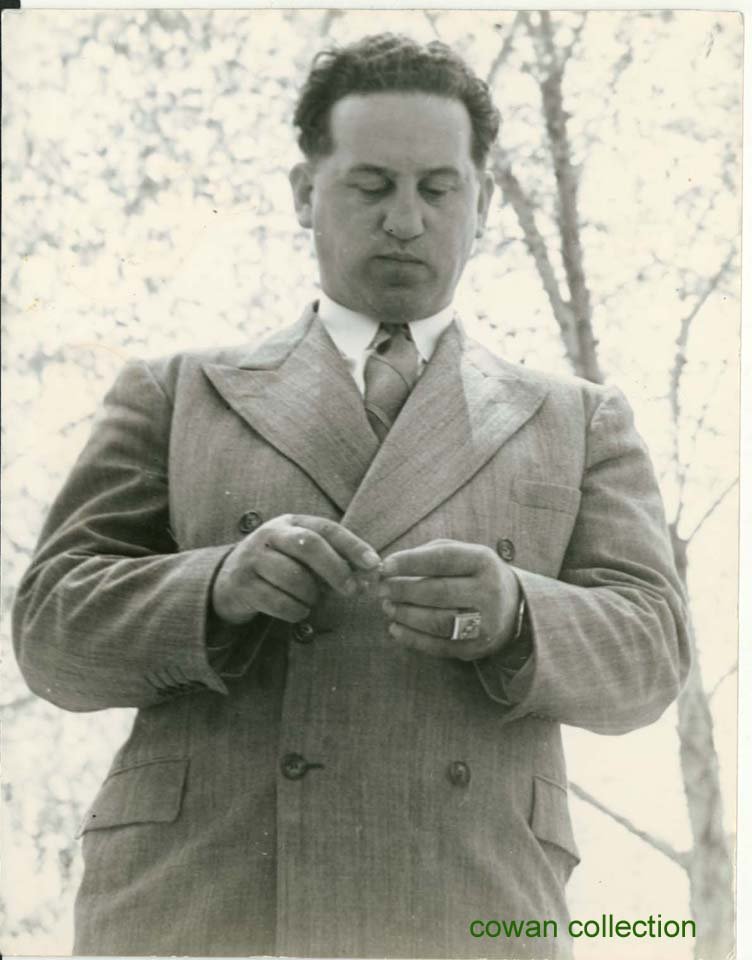
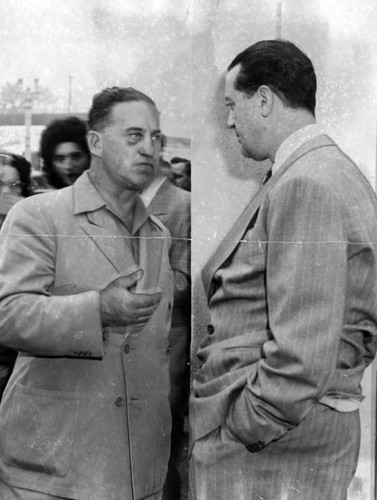

But how did Disney go from a company firmly rooted in the vision of Walt Disney and Roy Disney rooted in nurturing a tradition rooted in ancient Teutonic folklore, to the media behemoth it became today? That began in 1984 when the Disney company was targeted by corporate raiders. 



Disney wiki even has an entry on Brothers Grimm:
"originality of the stories was not the point; the Grimms' purpose was to demonstrate traces of ancient German words, culture, and mythology in the popular stories still being told among the German people"
disney.fandom.com/wiki/The_Broth…
"originality of the stories was not the point; the Grimms' purpose was to demonstrate traces of ancient German words, culture, and mythology in the popular stories still being told among the German people"
disney.fandom.com/wiki/The_Broth…

"Another important thing that leads to the decline of Völkerpsychologie was the Nazis...mainly it was the idea that Völkerpsychologie was a part of the Nazi thinking. By the 1960s, the term itself had become a taboo work in the social sciences."
en.wikipedia.org/wiki/V%C3%B6lk…



en.wikipedia.org/wiki/V%C3%B6lk…



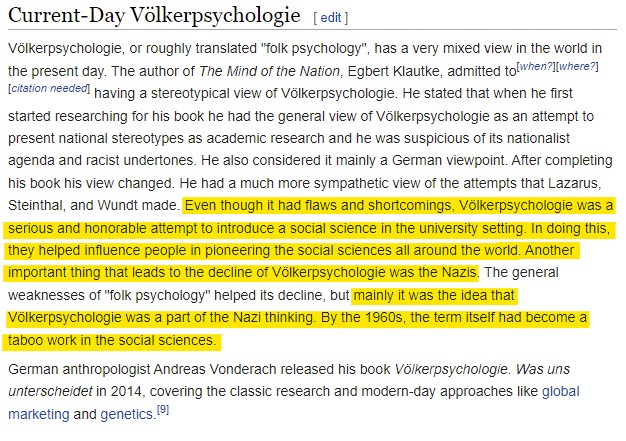
Santa
"the being leading the Wild Hunt most Germanic peoples knew to be ‘Wodan’, better known to us as ‘Odin’...Odin would lead the spectral riders on his eight-legged horse, Sleipnir; bestowing gifts upon those he favoured, and doom upon those he did not"
culturedvultures.com/santa-claus-ac…
"the being leading the Wild Hunt most Germanic peoples knew to be ‘Wodan’, better known to us as ‘Odin’...Odin would lead the spectral riders on his eight-legged horse, Sleipnir; bestowing gifts upon those he favoured, and doom upon those he did not"
culturedvultures.com/santa-claus-ac…
Compare this map of Europe's Santa Claus and Father Christmas traditions with the Madison Grant's map which shows the Teutonic Expansions from 1800-100 B.C., in conjunction with the next map which shows the extent of the post-Teutonic expansion Germanic Kingdoms in 526 A.D.. 







"In The Father Christmas Letters (between 1920 and 1942), which Tolkien wrote for his children, Red Gnomes are presented as helpful creatures who come from Norway to the North Pole to assist Father Christmas and his Elves in fighting the wicked Goblins."
en.wikipedia.org/wiki/Gnome#Mod…
en.wikipedia.org/wiki/Gnome#Mod…

The etymology of the word "man" seems to trace back to the proto-Germanic word "mannaz", and aligns with usage in Germanic tribal creation myths. 





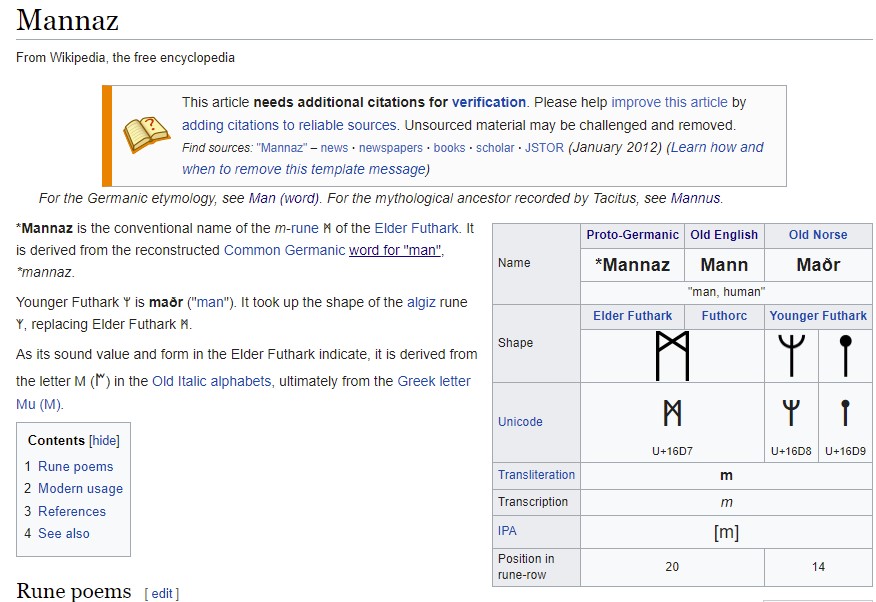

Odin -> Father Christmas/Sinterklaas/Santa Claus -> J.R.R. Tolkien's Father Christmas -> J.R.R. Tolkien's Gandalf 



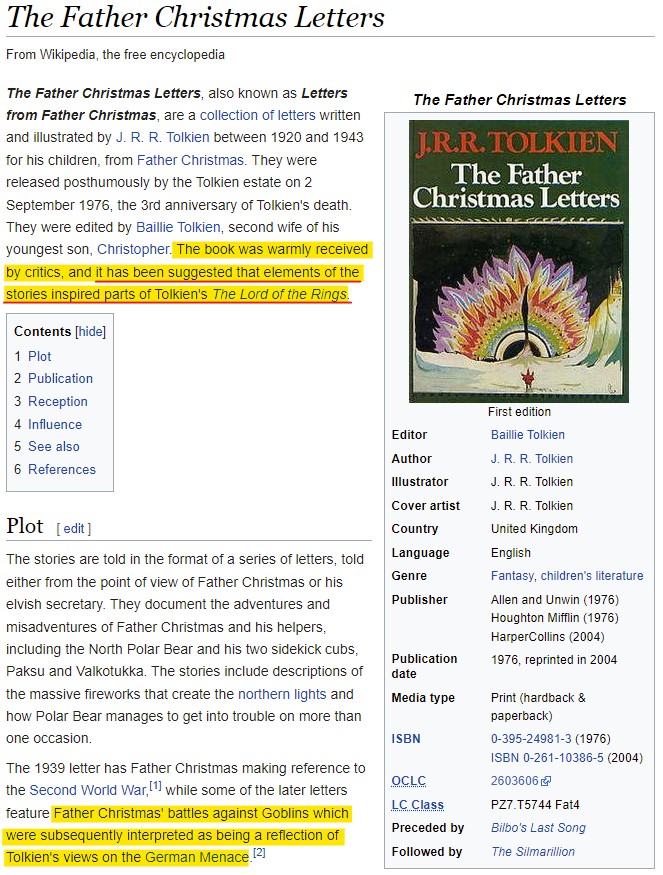


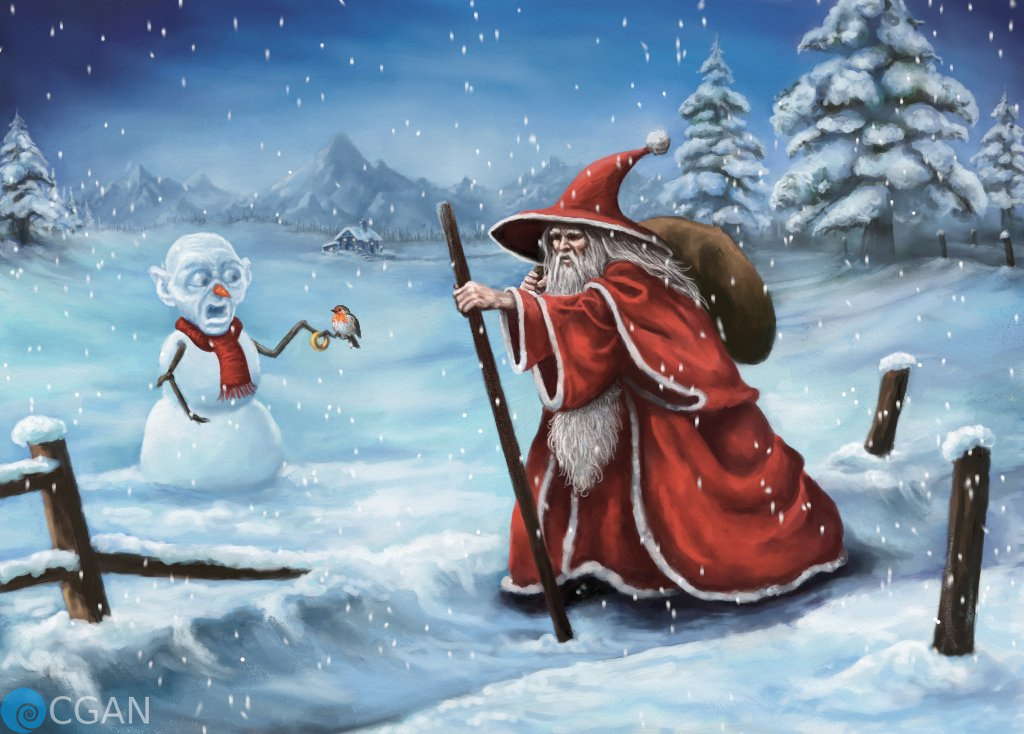
R1b-S21, also known as R1b-U106, is the Germanic branch of the R1b haplogroup which, is otherwise associated with speakers of Celtic languages in Northwestern Europe. 

Men of this branch of R1b blended in an ethnocultural stew for more than a millennium with preexisting Scandinavian people (men of haplogroups I1, I2-L801, and R1a-Z283).
This branch of R1b may have had a simple advantage among proto-Western Germanics: bias towards male offspring



This branch of R1b may have had a simple advantage among proto-Western Germanics: bias towards male offspring


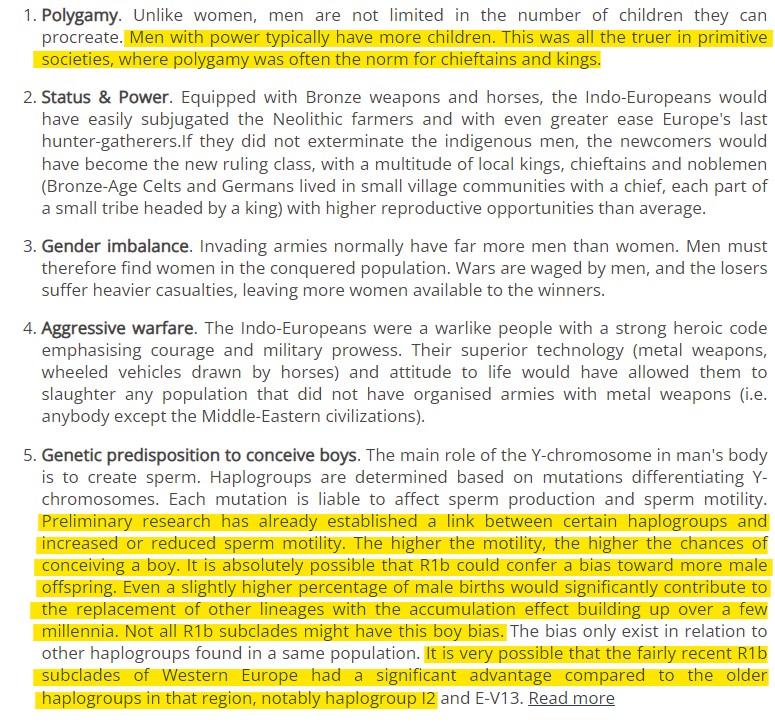

Haplogroup I1: found mostly in Scandinavia & Finland. Associated with Norse ethnicity, I1 is found in all places invaded by ancient Germanic tribes & the Vikings. Highest I1 frequencies in Germanic-speaking regions. No ancient Funnelbeaker culture Y-DNA has been tested to date. 






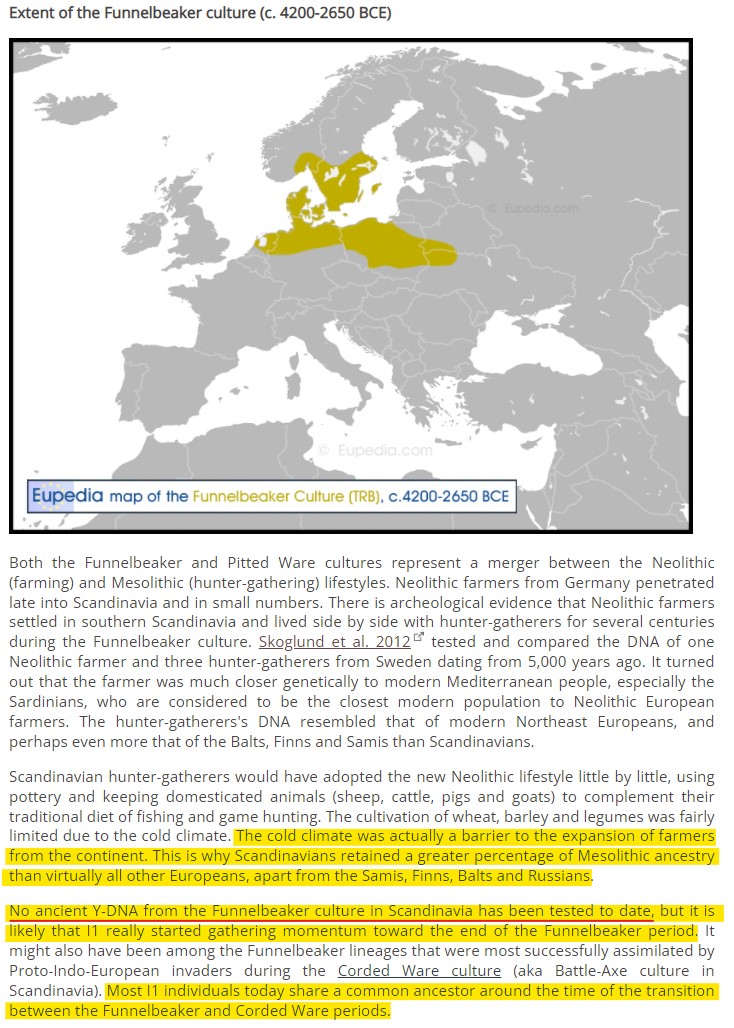
Proto-Germanic was a hybrid language mixing Indo-European (R1b & to a lower extent R1a) & pre-Indo-European (Mesolithic I2 & Neolithic G2a and I1) elements. This hybridisation would have taken place during the Bronze Age and given birth to the first Proto-Germanic civilization. 





"The fact that present-day Scandinavia is composed of roughly 40% of I1, 20% of R1a and 40% of R1b reinforces the idea that the Germanic ethnicity and language had acquired a tri-hybrid character by the Iron Age." 







19th & early 20th century racial theorists didn't have access to modern tools of DNA. But the work of some of archaeologists, philologists, and folktale authors got closer to what DNA tells us today about Northern peoples & their mythology than what some of us were led to believe 







While many Scots may not consider themselves to be Germanic but Celtic, Scots language is West Germanic & derived from Early Middle English; Lowland Scotland was part of the Anglo-Saxon Kingdom of Northumbria.
Lowland Scots & Ulster Scots of Northern Ireland are Germanic peoples.



Lowland Scots & Ulster Scots of Northern Ireland are Germanic peoples.




Walt Disney's biggest inspiration for Disneyland came from making visits to Tivoli Gardens in Copenhagen, Denmark.
Founded in 1843, the park also served as a major inspiration for the Danish folklorist and fairy tale writer Hans Christian Andersen.
visitcopenhagen.com/copenhagen/pla…
Founded in 1843, the park also served as a major inspiration for the Danish folklorist and fairy tale writer Hans Christian Andersen.
visitcopenhagen.com/copenhagen/pla…

The Uppland region in Sweden has a municipality called Danmark, which may have been the original home of the Danes before they broke off from the Swedes. During pre-Christian times, Uppsala was home to one of the most significant pagan temples, and hosted the Thing of all Swedes. 







The Uppland region of Sweden was the center of Germanic culture during the Nordic Bronze Age, and many of our legal, political, and mythological traditions stem from the the pre-Christian culture that was centered there as a political & religious capitol.
The Disting, which once was an annual political assembly, religious ceremony (Dísablót), and week-long marketplace, "The Thing of All Swedes", still carries on as the disting marketplace tradition in Uppsala. Since Christianization, however, Disting is associated with Candlemass. 



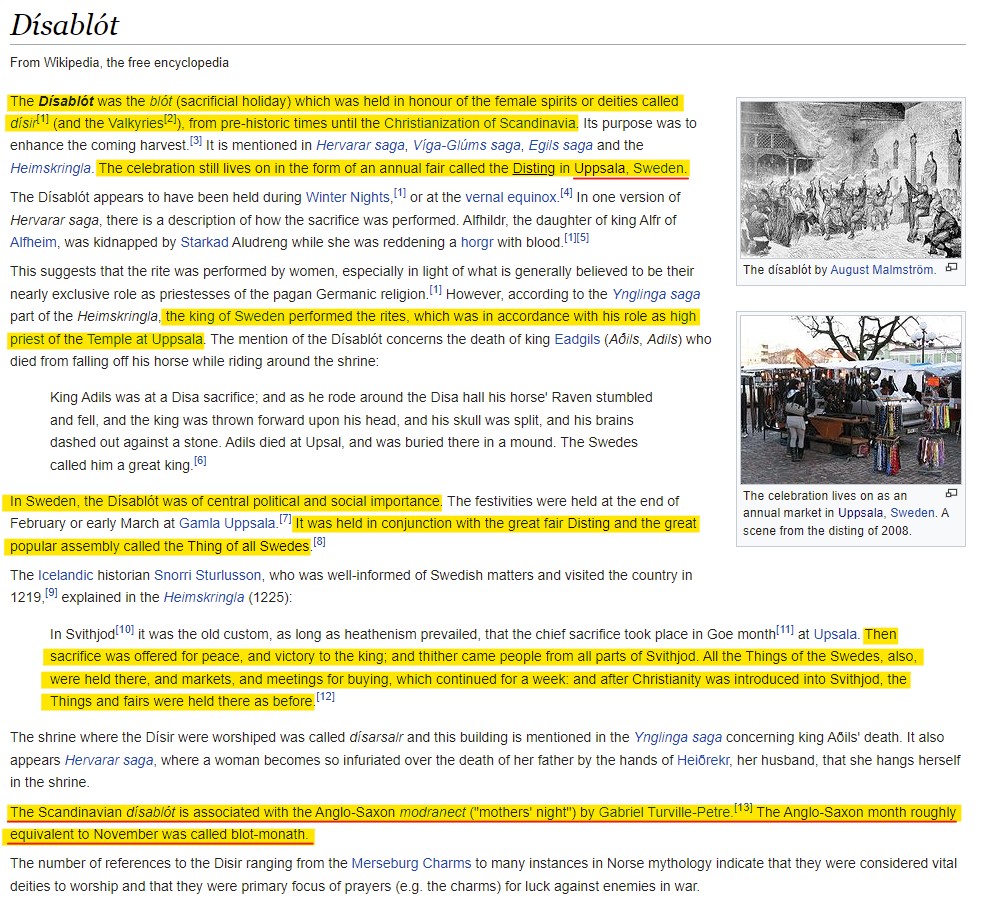



At Temple of Uppsala statues of three specific gods sitting on a triple throne were worshipped. Thor sat in the central throne, Wodan (Odin) & Fricco (Freyr) were seated on thrones to his sides. Fricco was depicted with an immense erect penis, Wodan in armor, Thor with a mace. 







These are examples statuettes that may resemble what the statues at the Temple of Uppsala looked like. Freyr, Odin, and Thor presented in order. 







What haplogroup where the Thracians? The Prose Edda says the gods of the Æsir pantheon were descendants of Thracian Indo-Europeans (Æsir = Asian), while the Vanir pantheon of gods were indigenous Europeans.
The Vanir lost the Æsir–Vanir War and were assimilated into Æsir culture.



The Vanir lost the Æsir–Vanir War and were assimilated into Æsir culture.
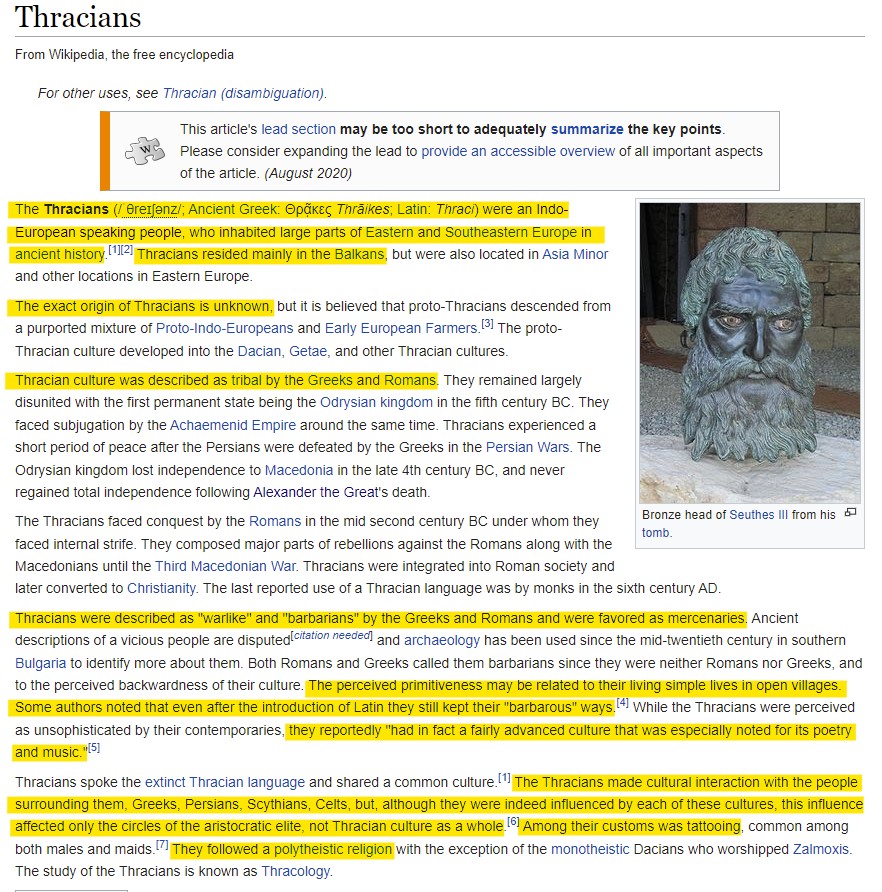


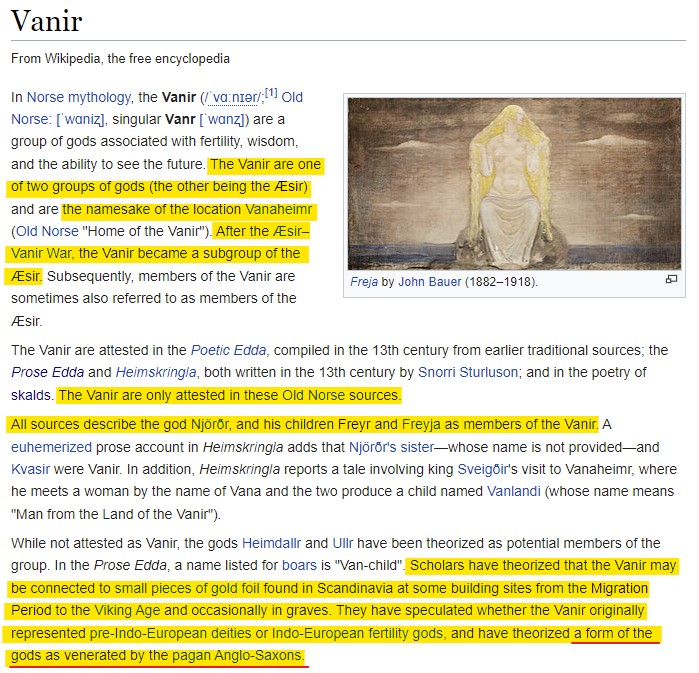
"the Æsir–Vanir War was a conflict between two groups of deities that ultimately resulted in the unification of the Æsir & Vanir into a single pantheon...the implications for the potential historicity surrounding accounts of the war are a matter of scholarly debate & discourse." 



Germanic Origins from the Perspective of the Y-Chromosome
Michael Robert St. Clair
A dissertation submitted in partial satisfaction of the
requirements for the degree of Doctor in Philosophy
in German
University of California, Berkeley
Spring 2012
escholarship.org/uc/item/9v44n4…
Michael Robert St. Clair
A dissertation submitted in partial satisfaction of the
requirements for the degree of Doctor in Philosophy
in German
University of California, Berkeley
Spring 2012
escholarship.org/uc/item/9v44n4…
Michael Roberts St. Clair submitted a dissertation in Spring 2012 that explores the origins of the Germanic peoples through haplogroups and comparative linguistics. I'll post some screenshots with my highlights.
Here's a link straight to the PDF source.
digitalassets.lib.berkeley.edu/etd/ucb/text/S…
Here's a link straight to the PDF source.
digitalassets.lib.berkeley.edu/etd/ucb/text/S…
"The term "Proto-Germanic" describes the first Germanic language, which arose in prehistoric times in Northern Europe. Proto-Germanic is not attested in the historical records, but rather based on linguistic reconstruction." 



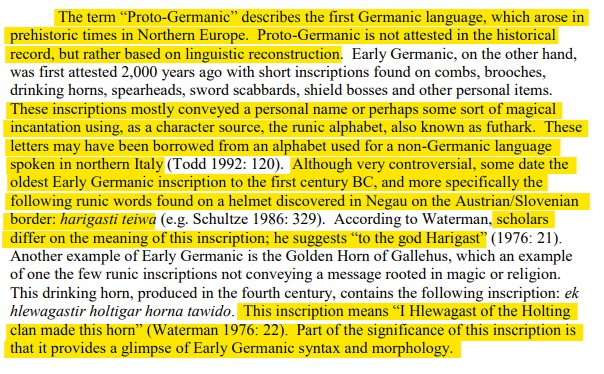

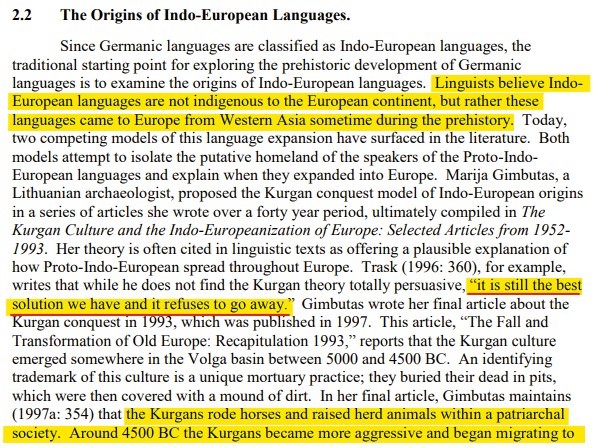

"I would posit that 'man', 'hand', 'foot', 'bring', and 'summer' are cognates in English, German, Dutch, and Swedish, whereas Turkish fails to produce a cognate for these words. English, German, Dutch, and Swedish may have diverged from a common ancestor..." 





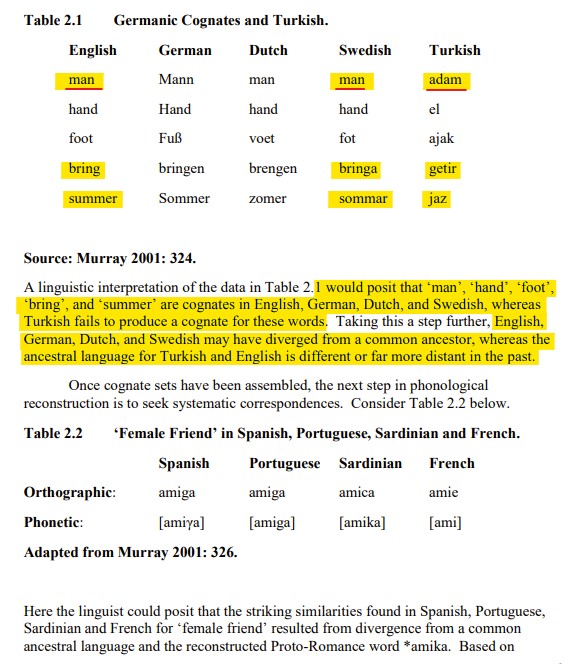
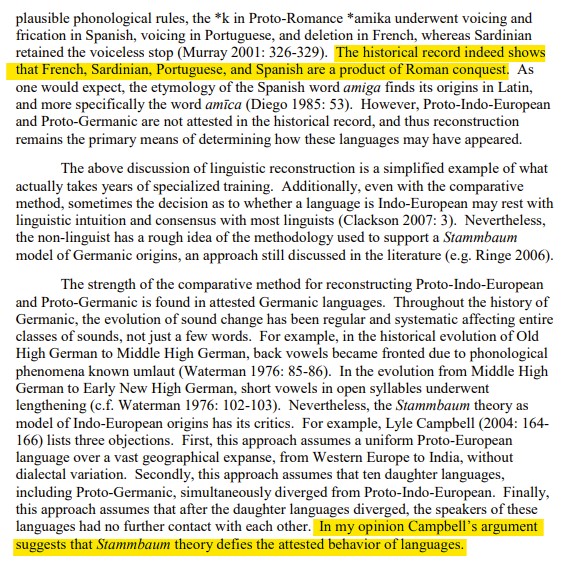
"In English, the word 'Germanic' sounds very similar to the word 'German'; Modern German, however, makes a distinction using the terms 'der Germane' & 'der Deutsche'...should not confuse the terms Germanic tribes or peoples with modern-day Germans...terms are ethnically distinct" 




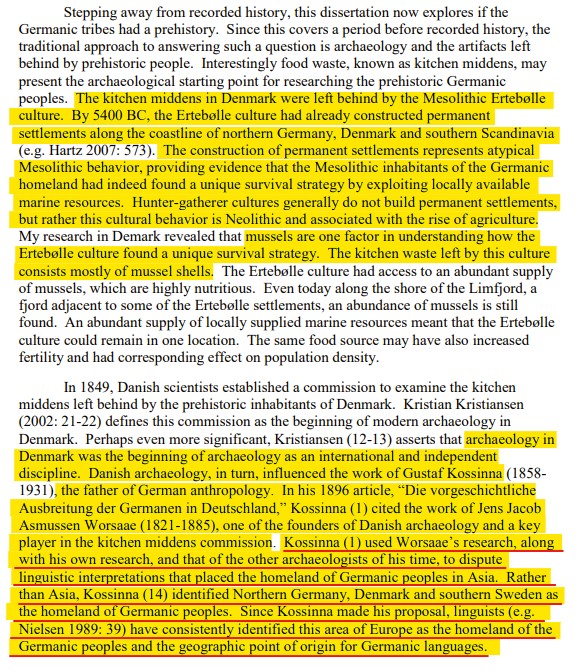


"My exhaustive review of Kossinna's life and work has failed to find any evidence of sympathy or association with the Nazi Party...I conclude that Kossinna has indeed become a convenient scapegoat." 





"Haplogroup I is the only European-specific haplogroup...has been in Europe since the Paleolithic, entering the continent 20,000 to 25,000 years ago from the Middle East...the Scandinavian I-Group arrived in the Baltic region during the Neolithic from Sweden and Northern Germany" 







"a putative Indo-European homeland could be identified by a population expansion shared by Europe, the Middle East, & India...R1a1a variation in Europe, like in India, also undermines the purported Kurgan model of Indo-European expansion from the perspectives of time & location" 







"linguists uniformly place the putative Germanic Homeland in northern Germany, Denmark, and Southern Sweden, as proposed by Gustav Kossinna in 1896...ideal population study would examine genetic variation found in modern-day Schleswig Holstein, Denmark, and Skåne...in Sweden" 






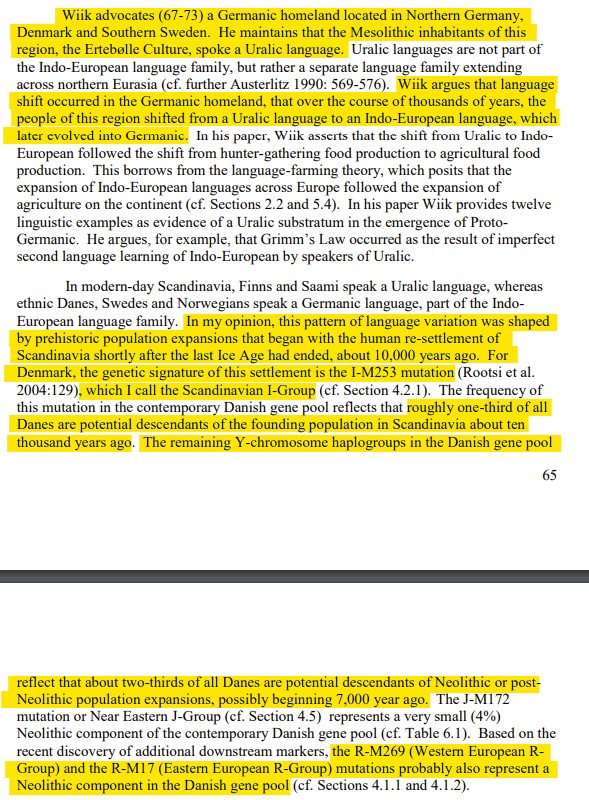
"this pattern of language variation was shaped by prehistoric population expansions that began with the human re-settlement of Scandinavia shortly after last Ice Age had ended, about 10,000 years ago. For Denmark, the genetic signature of this settlement is I-M253 (I1) mutation." 




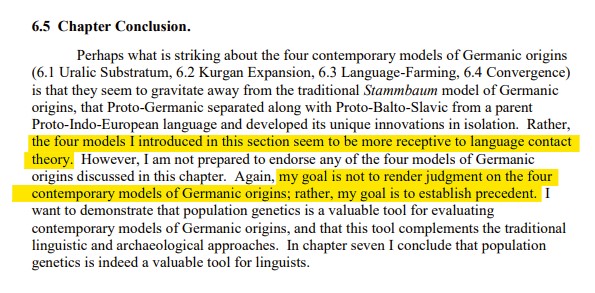
• • •
Missing some Tweet in this thread? You can try to
force a refresh




